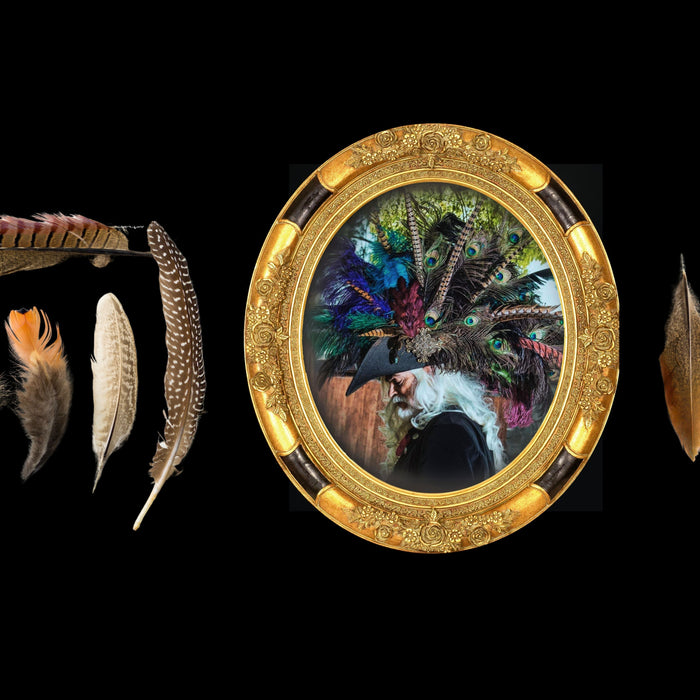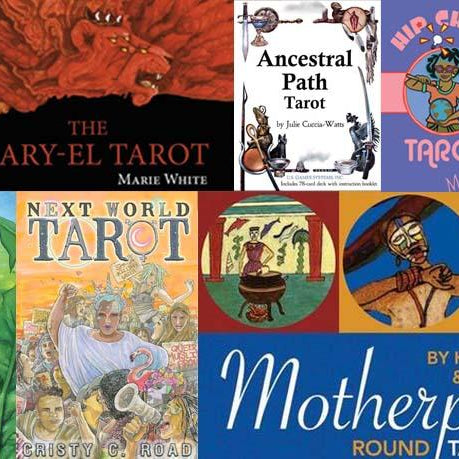
Feather Magic: A Spiritual Guide to Finding, Collecting, and Working with Feathers
At TarotArts, we’re endlessly inspired by the ways everyday moments can become doorways to deeper spiritual connection. One of the simplest—and most powerful—of these moments is finding a feather.
Whether it lands gently at your feet or catches your eye in an unexpected place, a feather can carry meaning beyond the physical. Across cultures and spiritual traditions, feathers are considered messages from the unseen realms—gifts of insight, protection, or encouragement.
In this post, we’ll explore the metaphysical significance of feathers, how you can attune to their messages, and ways to deepen your practice. We’ll also introduce a few beautiful tools and decks from our collection that are designed to support you on this feathered path.








 At their core archetypes are collective stories that are repeated across cultures and ethnicity. Carl Jung defined twelve primary types that represent the range of basic human motivations. These include Ruler, Creator/Artist, Sage, Innocent, Explorer, Rebel, Hero, Wizard, Jester, Every-man, Lover, Caregiver.
At their core archetypes are collective stories that are repeated across cultures and ethnicity. Carl Jung defined twelve primary types that represent the range of basic human motivations. These include Ruler, Creator/Artist, Sage, Innocent, Explorer, Rebel, Hero, Wizard, Jester, Every-man, Lover, Caregiver.